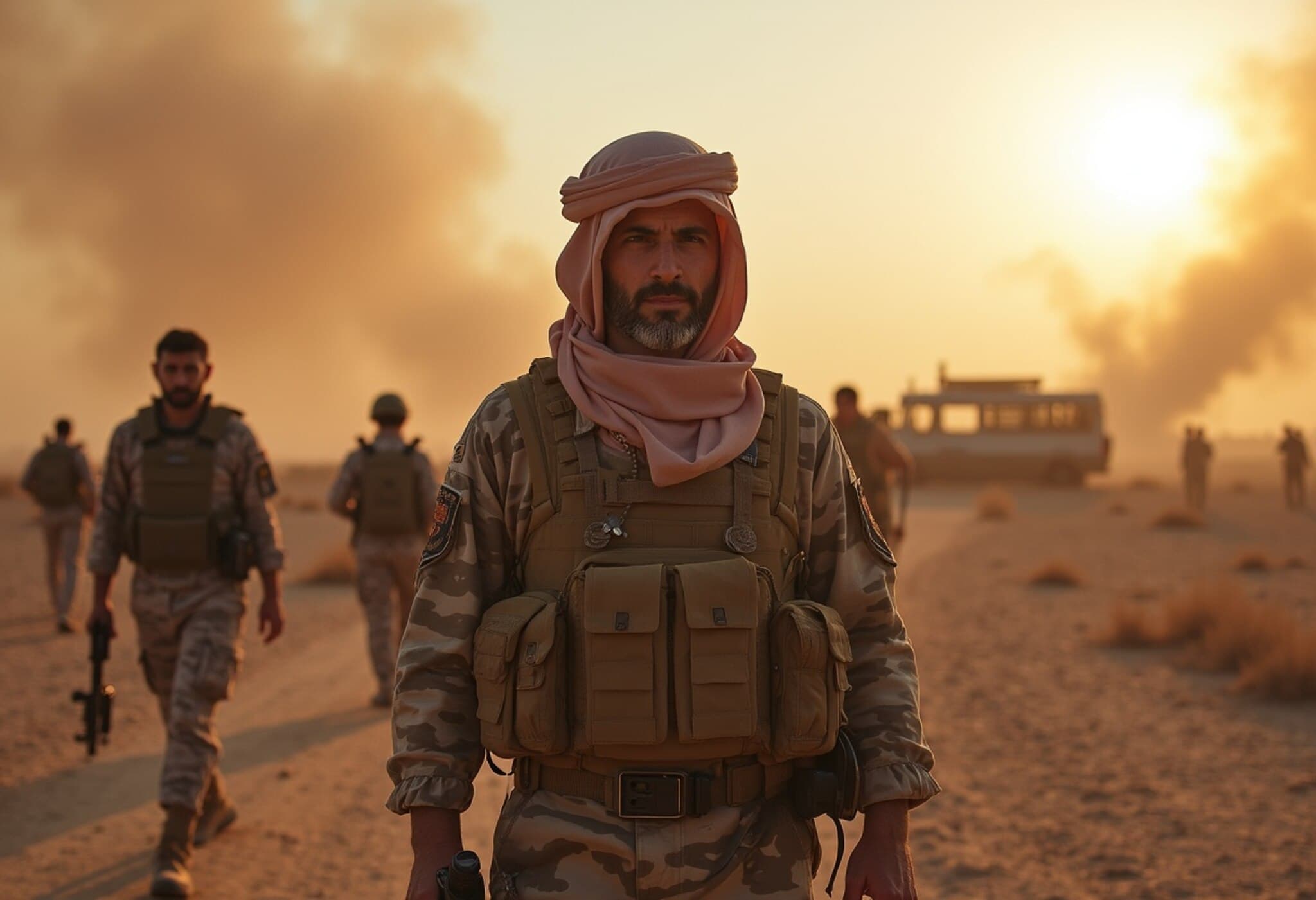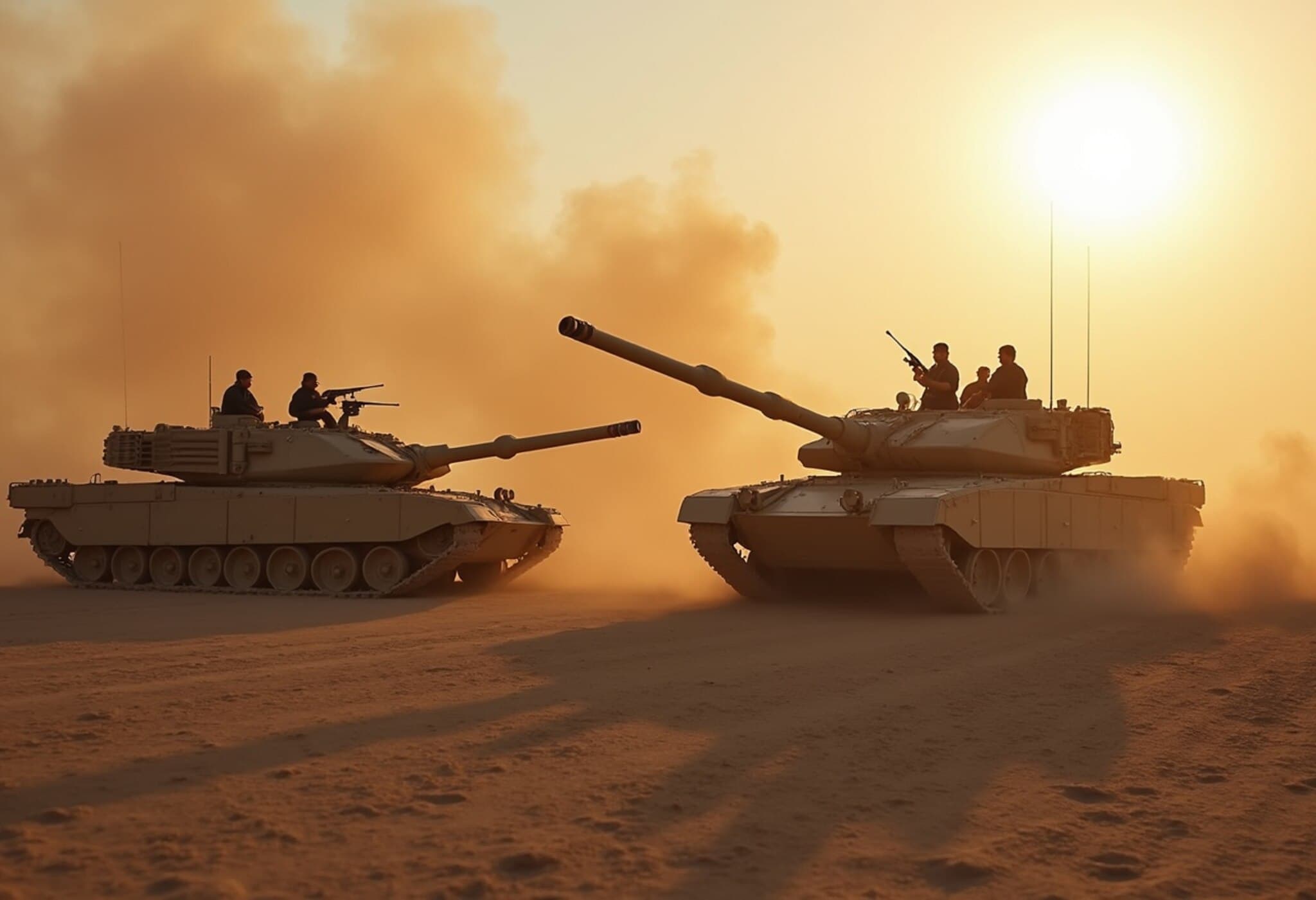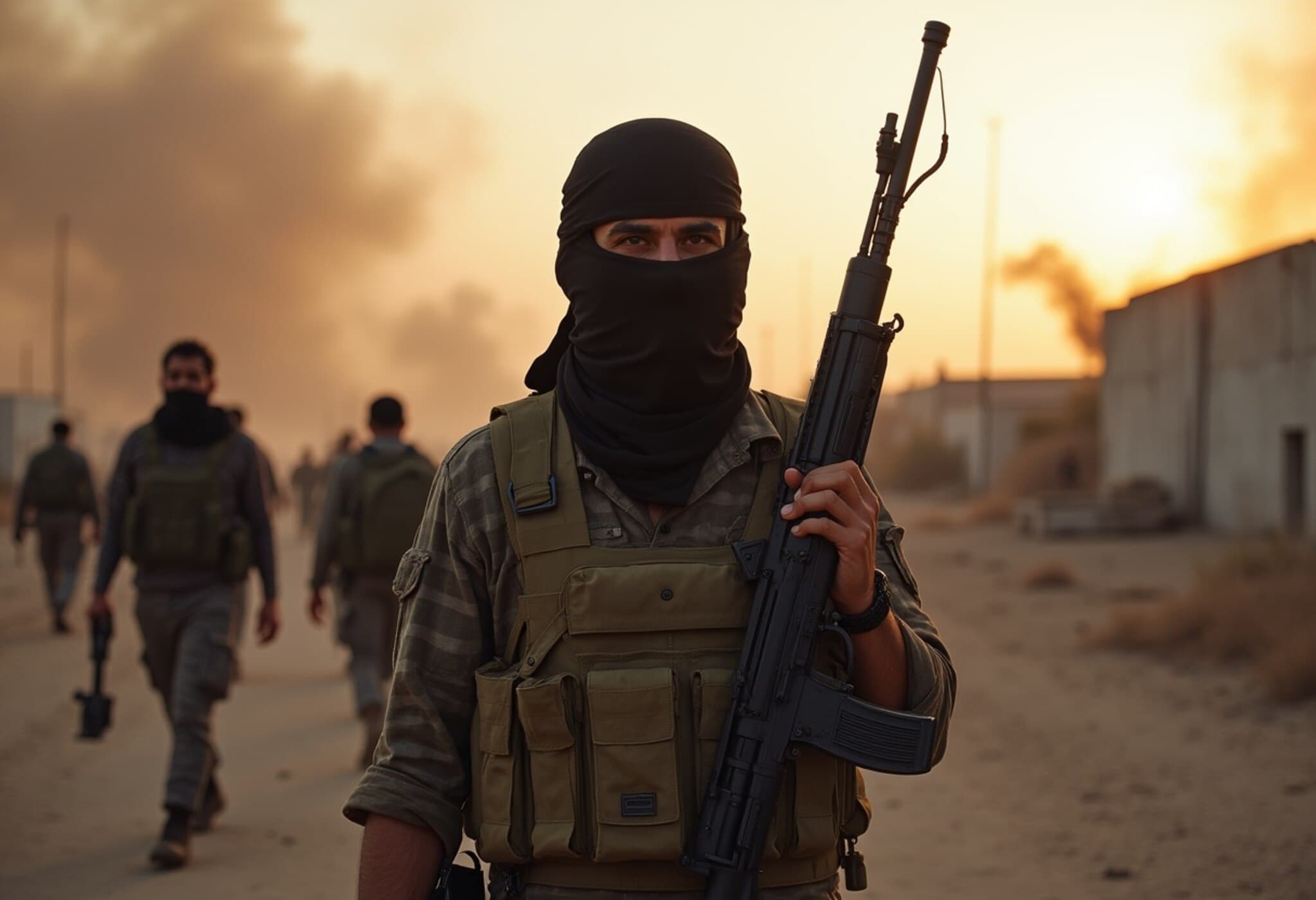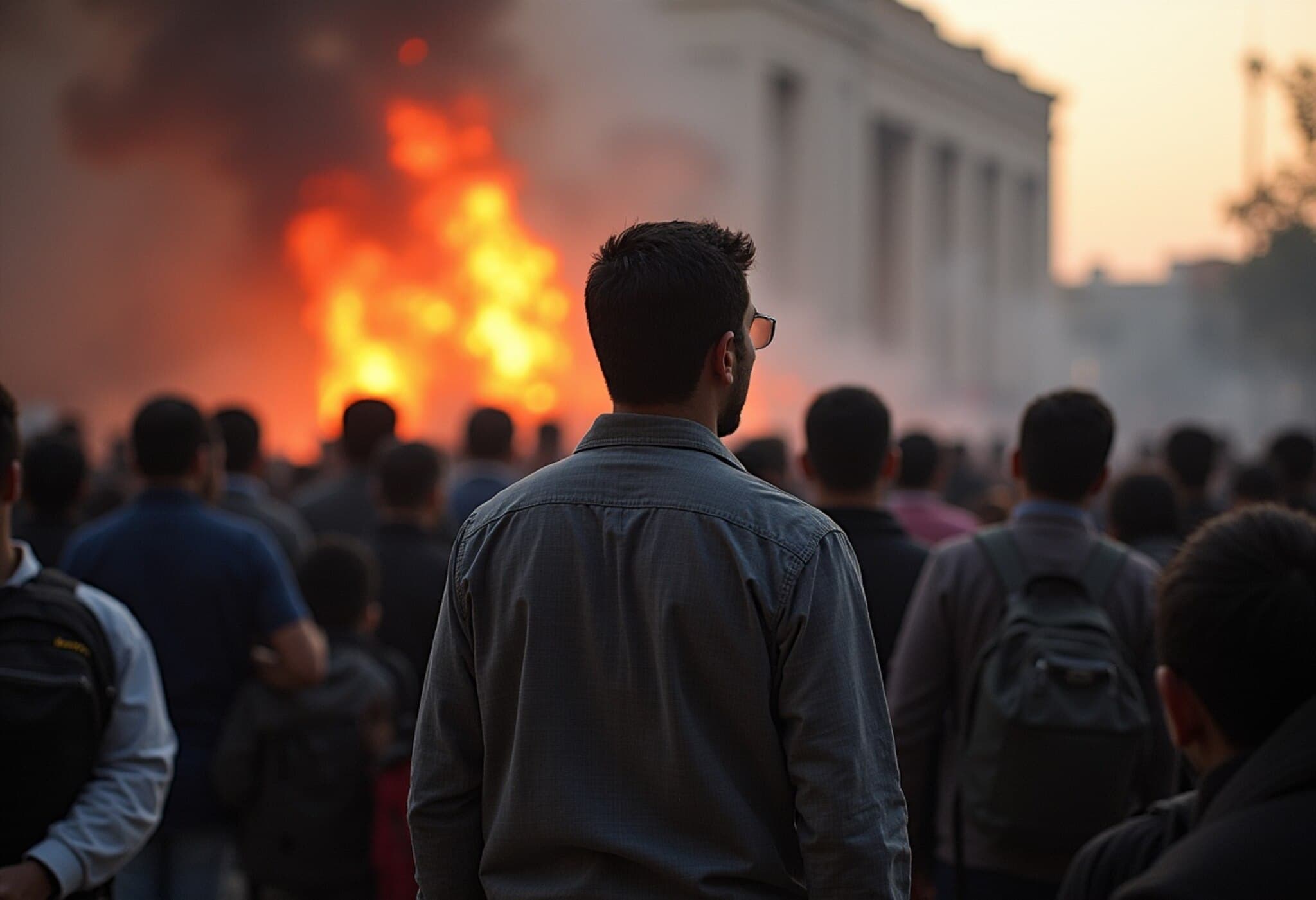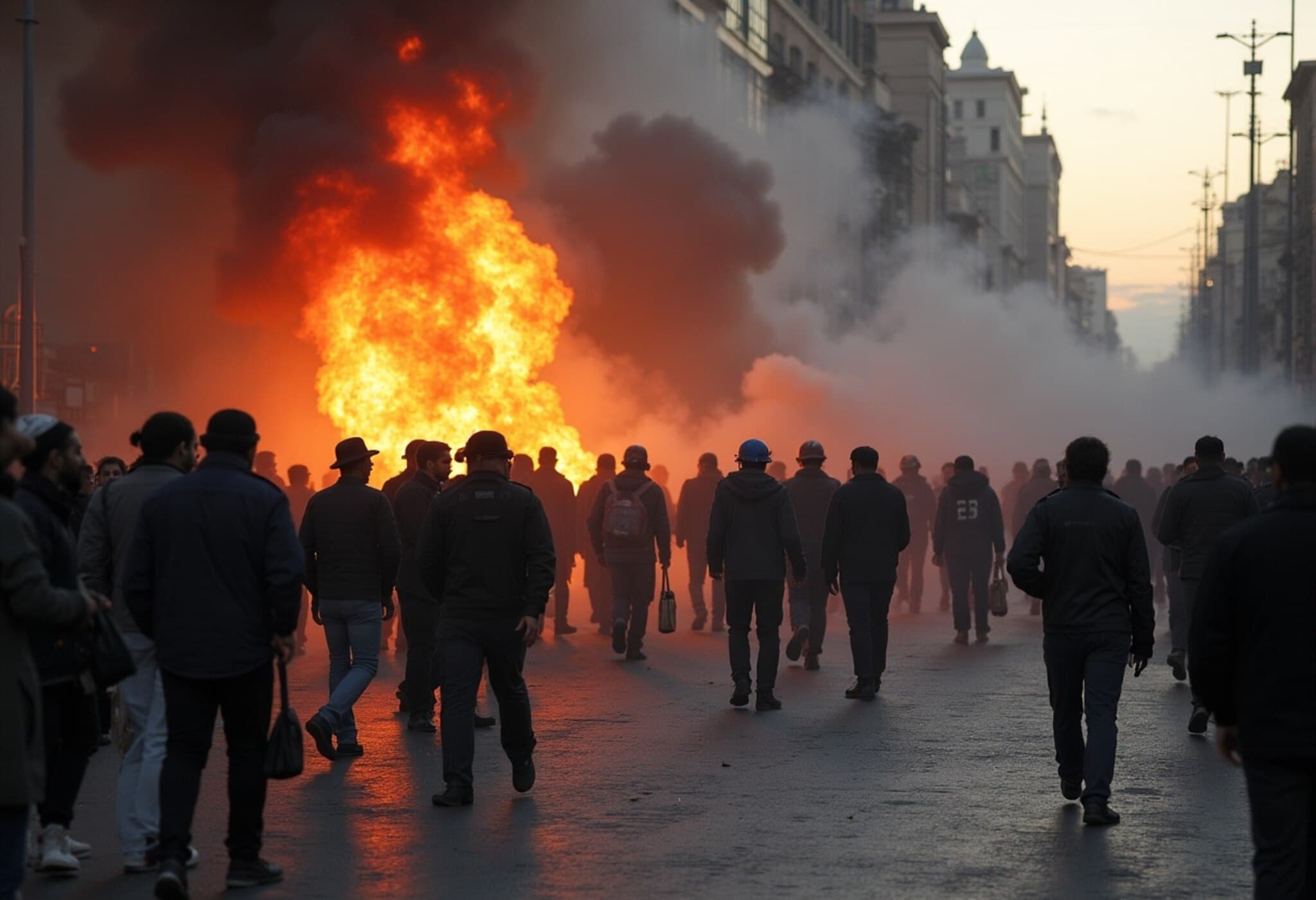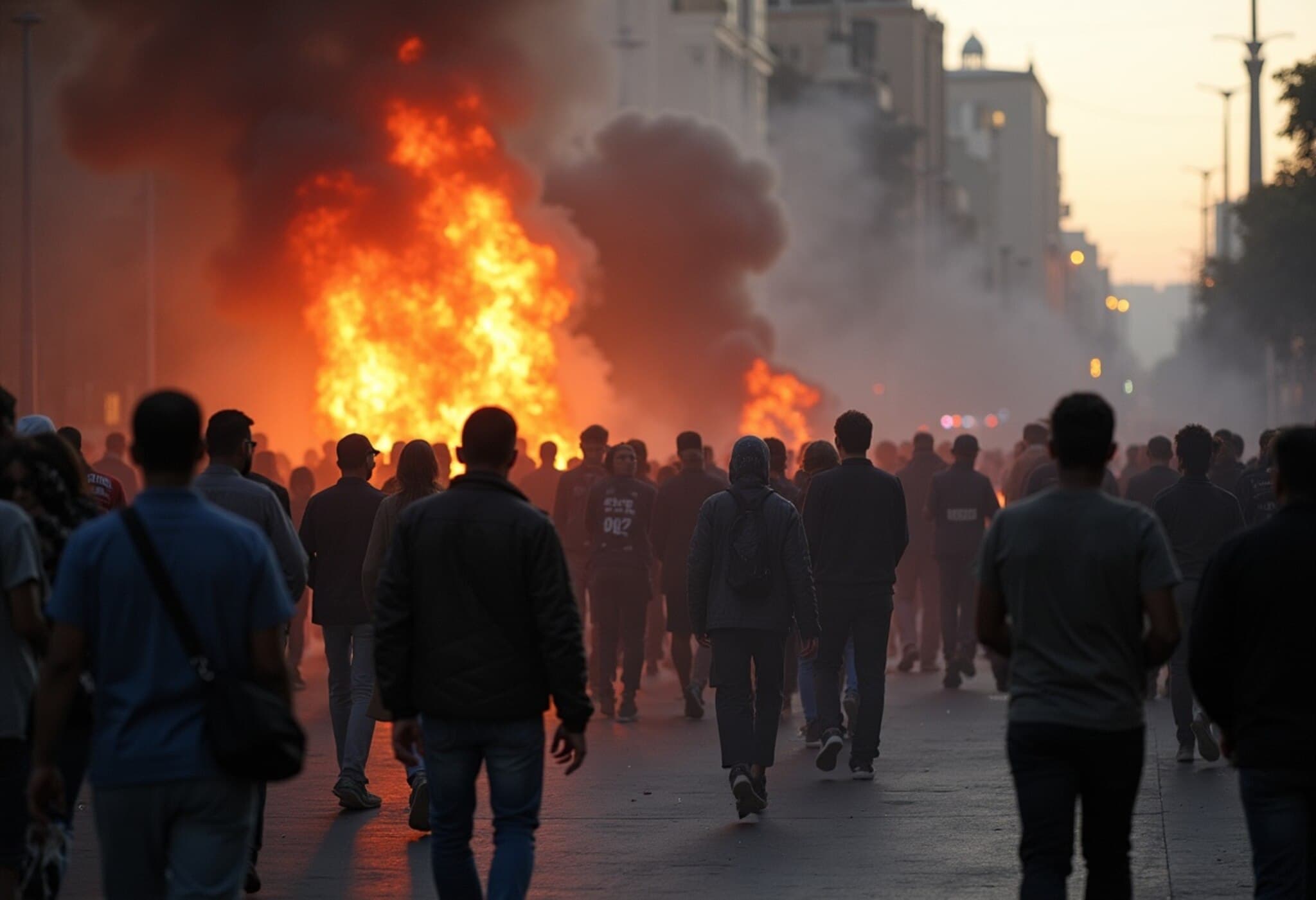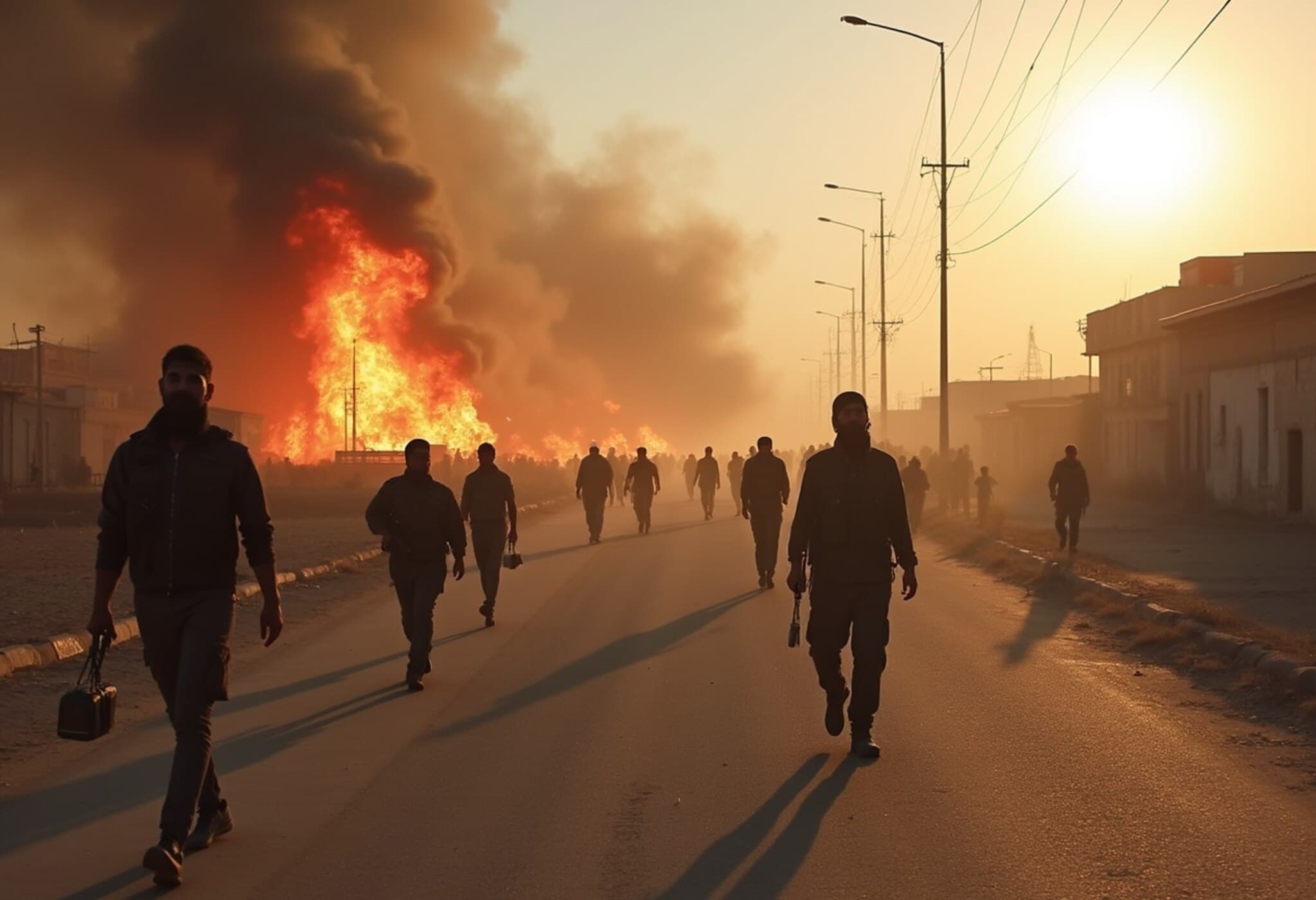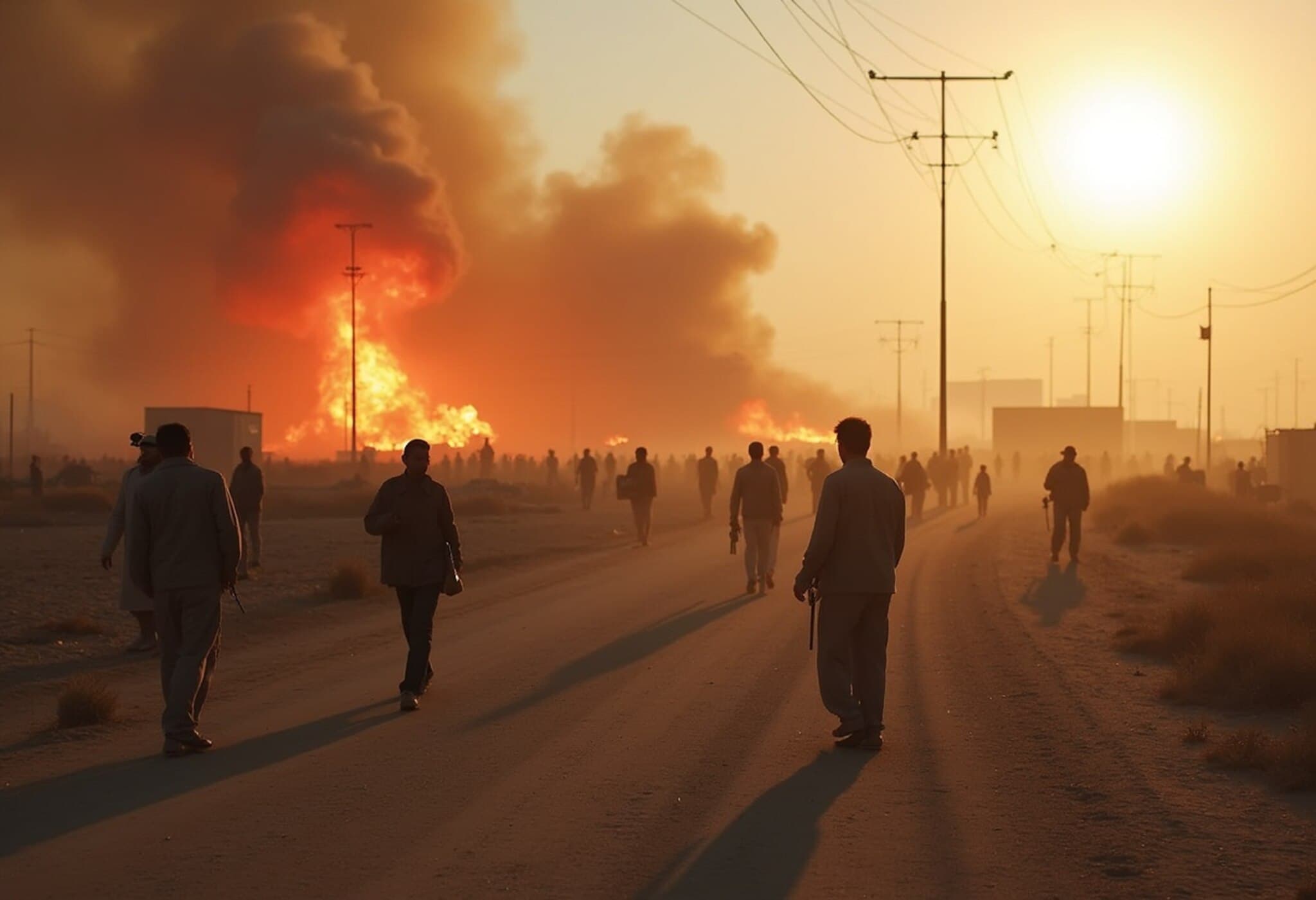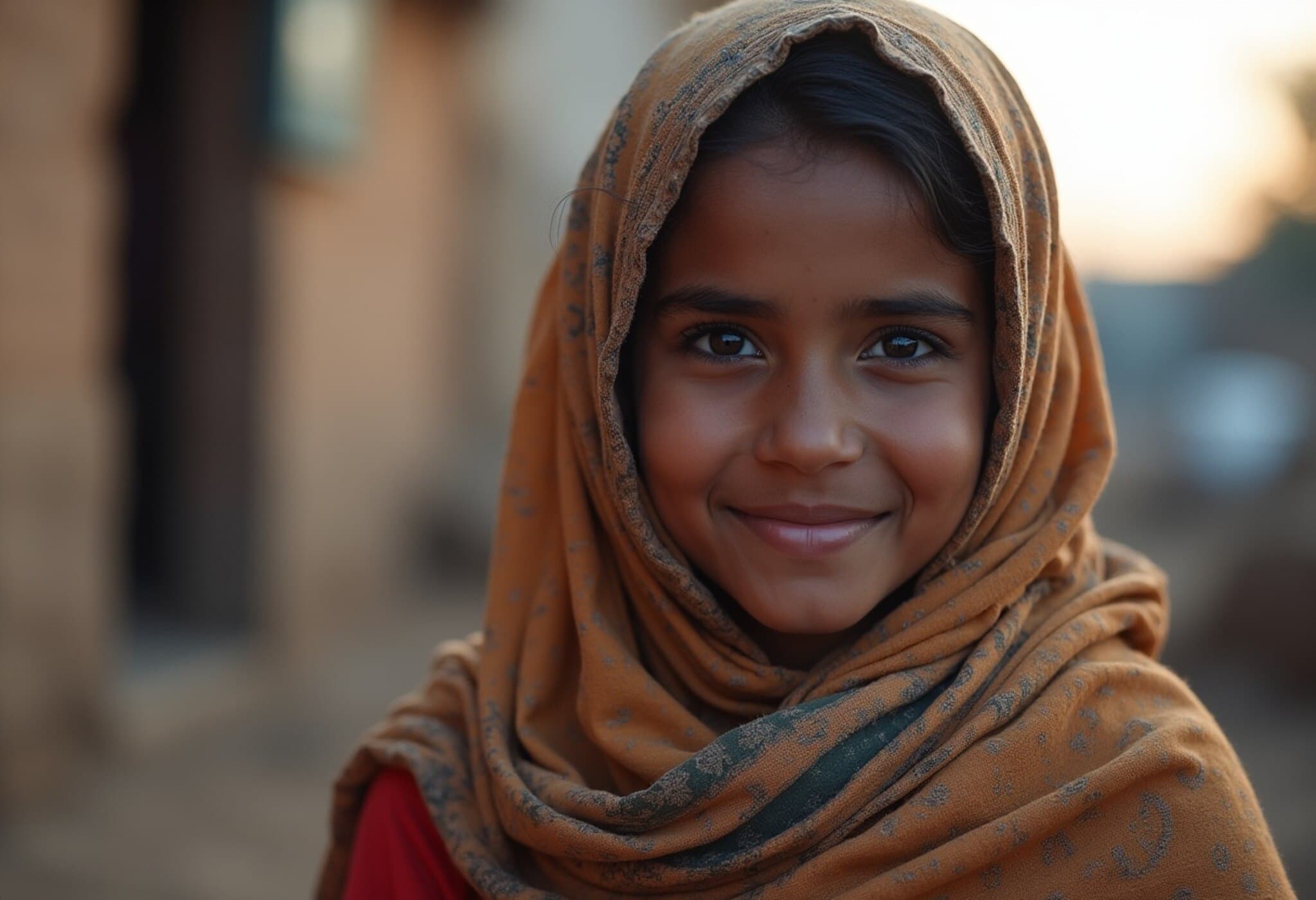Introduction: Renewed Conflict in Sweida Amid Regional Tensions
Increased violence has surged in Syria's southern Sweida province, a key Druze-populated area bordering Israeli-controlled territory. After days marked by deadly clashes between Bedouin tribes and Druze fighters, Israel has agreed to permit limited entry of Syrian government security forces into the region. However, Syria's government quickly denied any plans to fully redeploy forces there, underscoring ongoing complexities in this strategically sensitive zone.
Background: The Druze-Bedouin Clashes and Regional Sensitivities
The clashes, which erupted recently, have tragically claimed over 250 lives within days, including civilians, medical personnel, women, and children, according to the Syrian Network for Human Rights. The violence reflects deep-rooted tensions between Druze communities—a religious minority with ties extending into Lebanon and Israel—and Bedouin tribal groups. This turmoil has again spotlighted Sweida as a powder keg in Syria’s fragile internal landscape.
Syrian Government’s Role and Official Statements
The Syrian interior ministry spokesperson stated unequivocally on July 18, 2025, that government forces are not prepared to redeploy to Sweida Province, despite reports of military involvement. The Syrian army had withdrawn from the area following a ceasefire on July 16, but clashes reignited shortly afterward. This contradictory messaging reveals either a strategic ambiguity or operational challenges as Damascus navigates the sensitive dynamics near Israel’s border.
Israel’s Limited Security Ingress
An Israeli official disclosed that, recognizing the volatility in southwest Syria, Israel consented to a temporary, limited entry for Syrian internal security forces into Sweida district for 48 hours. This rare concession reflects a calculated balance by Israel to manage its security concerns, protect Druze communities aligned culturally and politically with Israel, and contain spillover from Syria’s internal conflict.
Since taking power late last year, Syria’s interim government — described by Israel as Islamist-led — has faced skepticism and open hostility from Jerusalem. Israel has launched targeted strikes against Syrian military positions in Sweida and even near the presidential palace in Damascus, highlighting deteriorating security ties and heightening regional volatility.
Israel’s Strategic Calculation
- Protecting the Druze minority, including Israel’s own Druze population, a longstanding strategic priority.
- Containing threats from Islamist factions gaining influence in Syria’s south.
- Preventing destabilization directly along its borders, where uncontrolled conflict could invite spillover.
International and Humanitarian Concerns
The UN Human Rights Office (OHCHR) expressed deep concern over credible reports of serious abuses during the fighting in Sweida, including summary executions and kidnappings. One documented incident recorded at least 13 unlawful killings during a family gathering, alongside the execution of six men near their homes.
The UN refugee agency has urgently called for unimpeded humanitarian access to the area, which ongoing violence continues to disrupt. The humanitarian fallout grows increasingly dire as combatants and authorities struggle to implement ceasefires.
U.S. and Regional Responses
The United States' stance contrasts with Israel's recent military actions. While the U.S. helped broker an earlier ceasefire between Syrian government and Druze fighters, it has expressed disapproval of Israel’s strikes, advocating for diplomatic resolution.
Meanwhile, Syrian leader Ahmed al-Sharaa, known for efforts to improve Syria-U.S. ties, has condemned Israel’s interventions, accusing it of attempting to divide Syria. He pledged protection for Syria's Druze minority, highlighting the ethnic and political sensitivities underpinning the conflict.
Expert Perspective
From a policy analyst viewpoint, the current situation in Sweida exemplifies the complexities facing Middle East peacemaking efforts. The overlapping tribal loyalties, religious identities, and external state interests create a volatile patchwork resistant to simple military or political solutions.
Israel's limited allowance of Syrian forces into Sweida can be interpreted as a pragmatic, if uneasy, concession to prevent complete collapse into chaos that might threaten its borders. However, without a comprehensive political roadmap that addresses minority rights, tribal disputes, and regional security, the cycle of violence is likely to persist.
Critical Questions Moving Forward
- Can the interim Syrian government navigate internal divisions to stabilize Sweida without exacerbating ethnic tensions?
- What role should international actors play to ensure respect for human rights and humanitarian access?
- How will Israel’s security concerns shape future engagements along its border with southern Syria?
Conclusion: A Flashpoint Reflecting Broader Regional Fractures
The conflict in Sweida is not just a localized tribal dispute but a microcosm of Syria’s broader post-war challenges, entangled with regional powerplays and minority protections. The temporary entry permission granted by Israel signals cautious diplomatic maneuvering, but the volatility demands sustained, multilateral efforts to prevent further bloodshed and foster durable peace.
Editor’s Note
As the situation in Sweida evolves, readers should critically watch for how regional actors balance military actions with humanitarian needs. This crisis underlines the fragility of minority communities caught in geopolitical crossfires and challenges policymakers to blend firm security measures with diplomatic engagement and respect for human rights.

